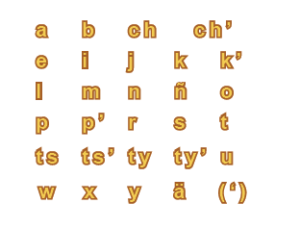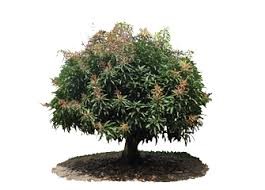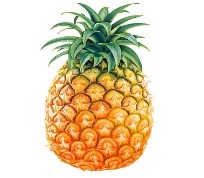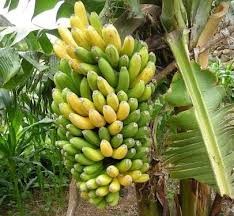For our presentation for SSILA, it was a bit complicated to translate linguistic terms into Ch’ol, so for us it was a challenge to find the right words to use to for various terms in order to translate what we wanted to say properly.
I really liked this part because I could learn more about my native language and I felt proud to be able to understand it this way. In the future, I would like to continue to study it to gain a more profound knowledge of my language Ch’ol.
All this motivates me to continue learning and studying this wonderful discipline: linguistics.
- Ña’alty’añ > Grammar
- Yochibty’añ > Introduction
- Päsoñel > Presentation
- K’aba’äl > Noun
- Yilal > Adjetive
- Cha’leyaj > Verb
- K’axcha’leyaj > Transitive verb
- Machbä k’axcha’leyaj > Intransitive verb
- Pi’leyaj > Adverb
- Yañälbä ty’añ > Dialectal variant
- Pästyäl > Determiner
- Käñbilbä ty’añ > Definiteness
- Käñälbä > Definite
- Machbä kañäl > Indefinite
- Ty’añ ñaxañ albilixbä > Anaphoricity
- Juñsujmach käñälbä ty’añ > Unique definite
- Ajcha’leyaj > Subject
- Ajcha’leñtyel > Object
- Icha’añtyej > Possessive
- Ty’añ mubä ichäkä ajlel > Generic referent
- Ajyomty’añ > Linguist
- Yomty’añ > Linguistics
-Morelia Vázquez Martínez


 a tree (standing) = juñtyejk tye’
a tree (standing) = juñtyejk tye’ a woman (standing) = juñtyikil lakña’
a woman (standing) = juñtyikil lakña’ a dog (crouched) = juñkojty ts’i’
a dog (crouched) = juñkojty ts’i’ a pineaplle (round) = juñpijty pajch’
a pineaplle (round) = juñpijty pajch’ a tortilla = juñk’ej waj
a tortilla = juñk’ej waj a plate (round) = juñwejch ch’ejew
a plate (round) = juñwejch ch’ejew a bunch of bananas (hanging) = juñpajl ja’as
a bunch of bananas (hanging) = juñpajl ja’as